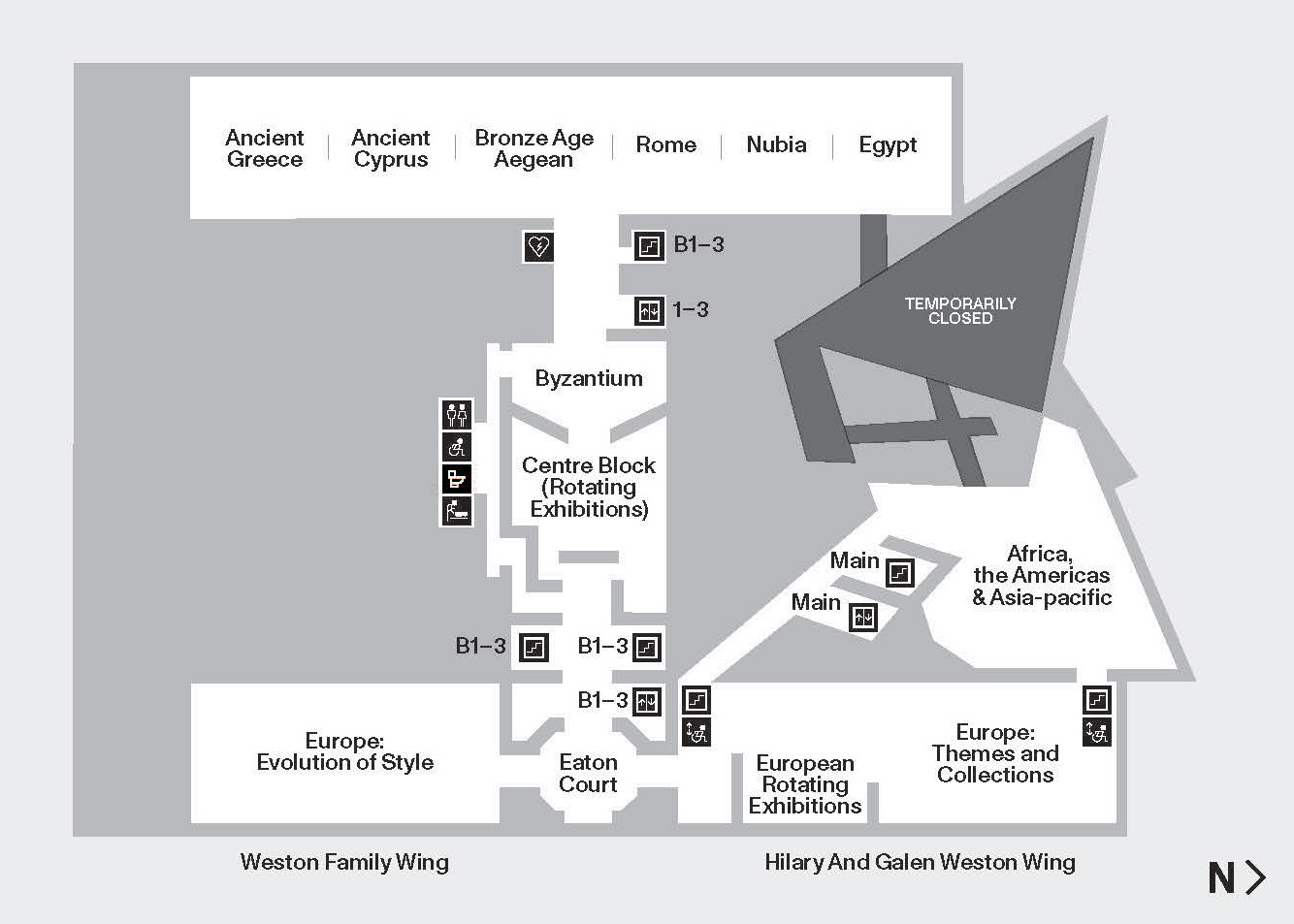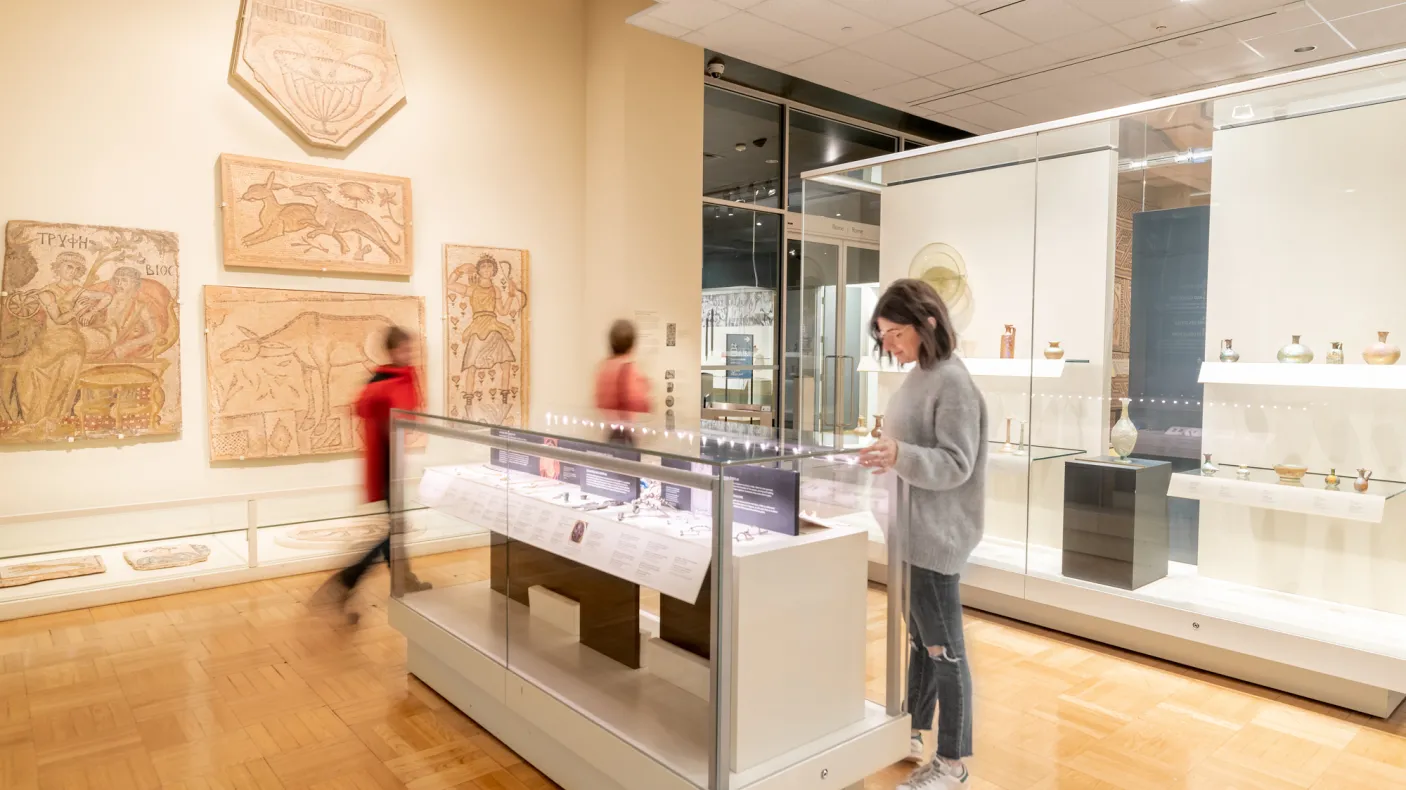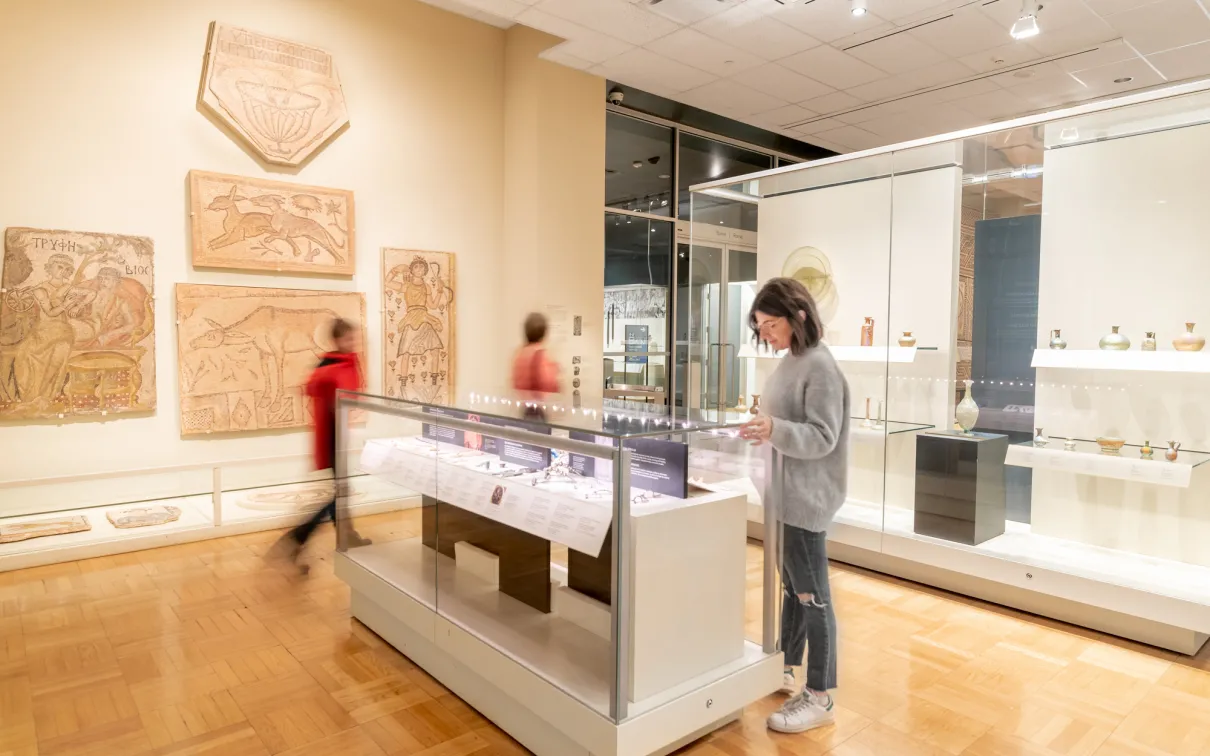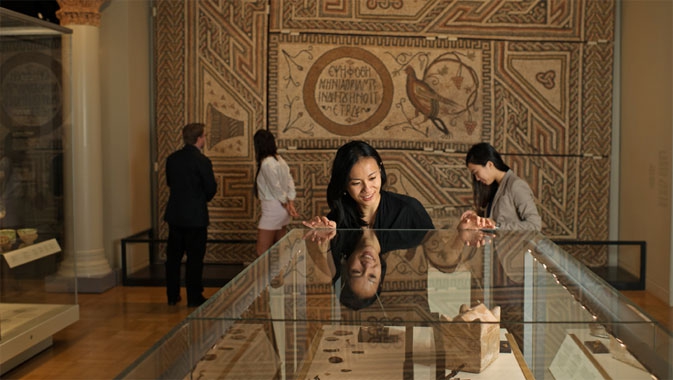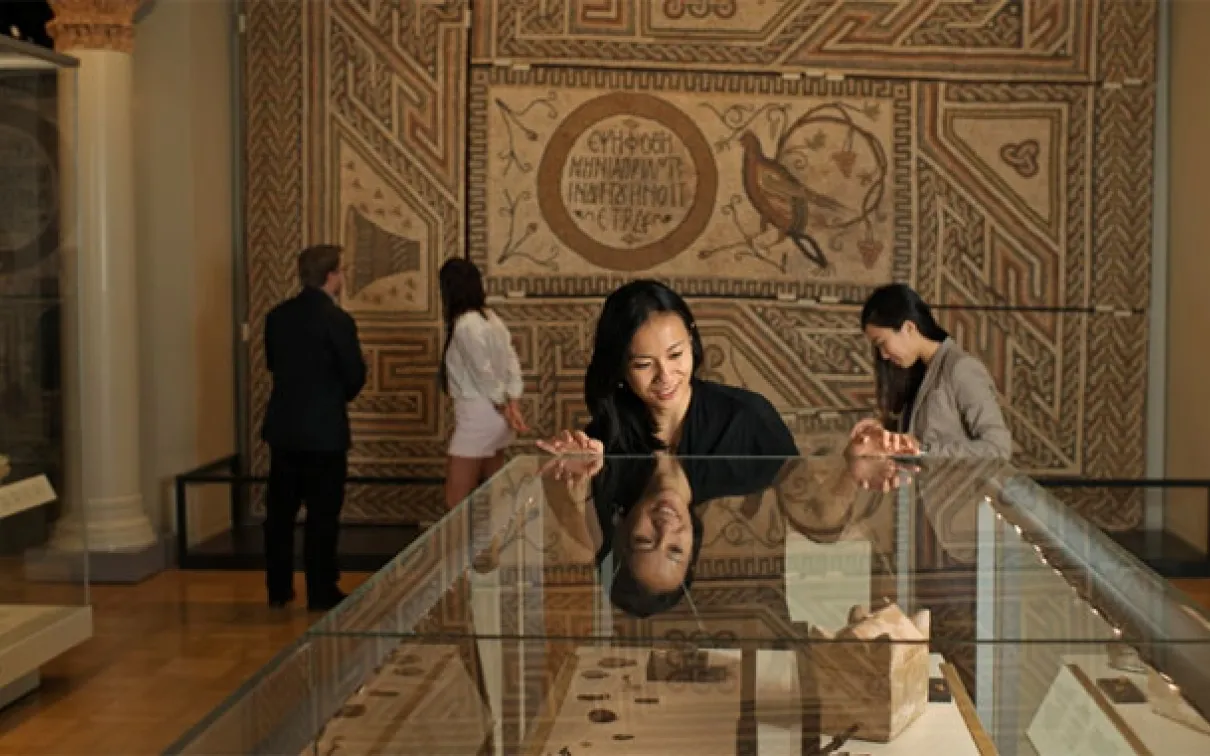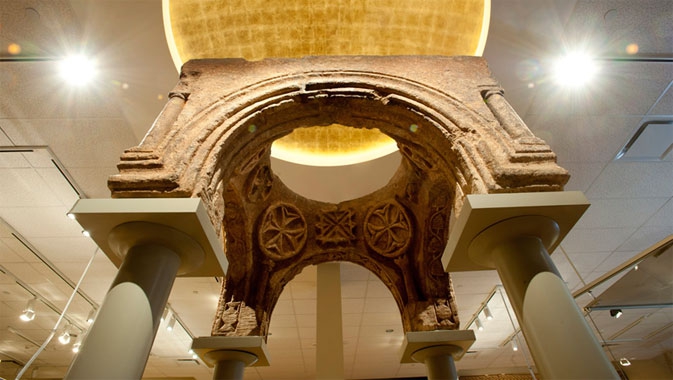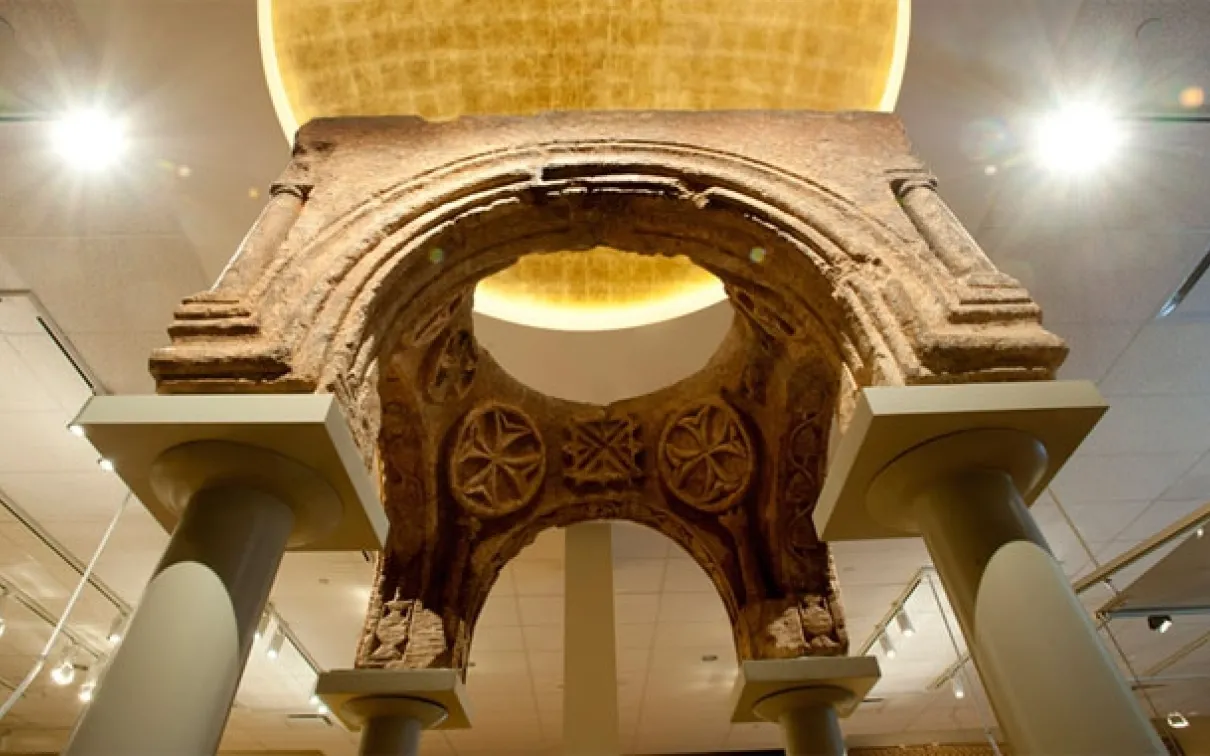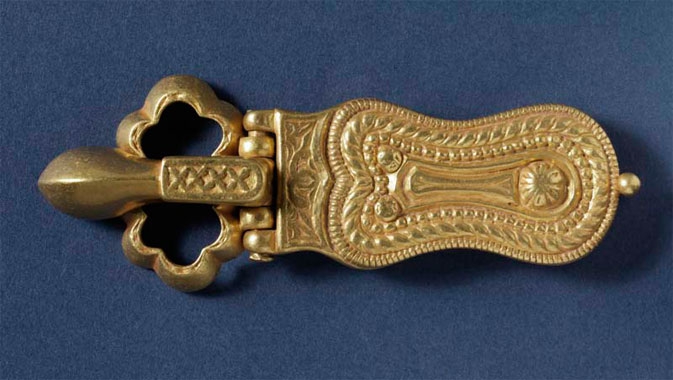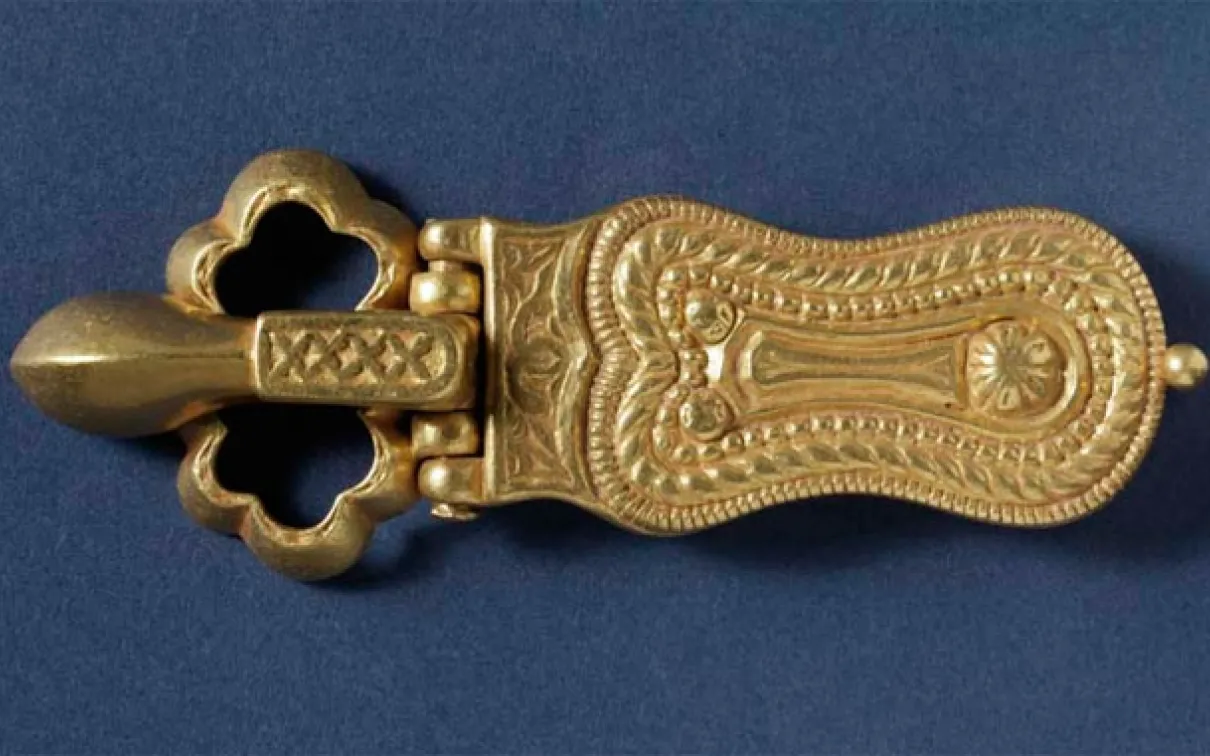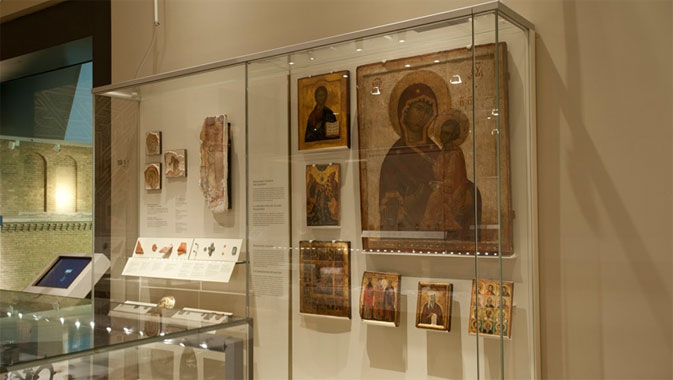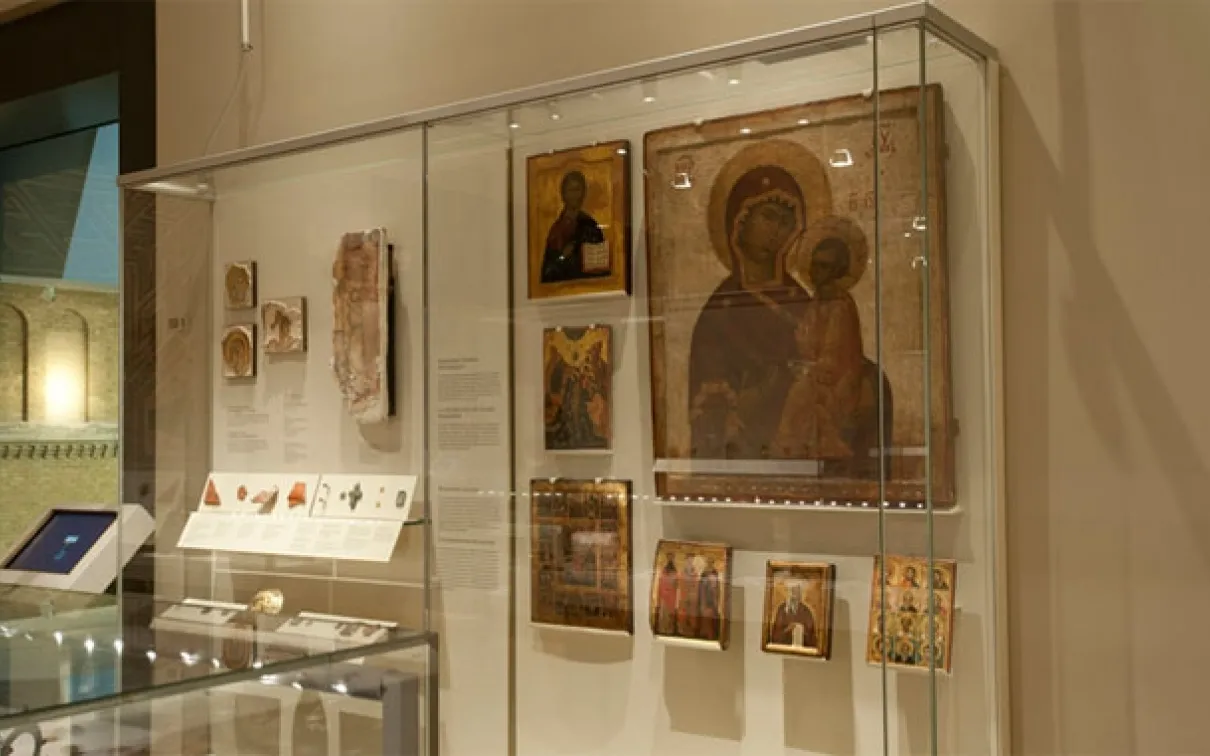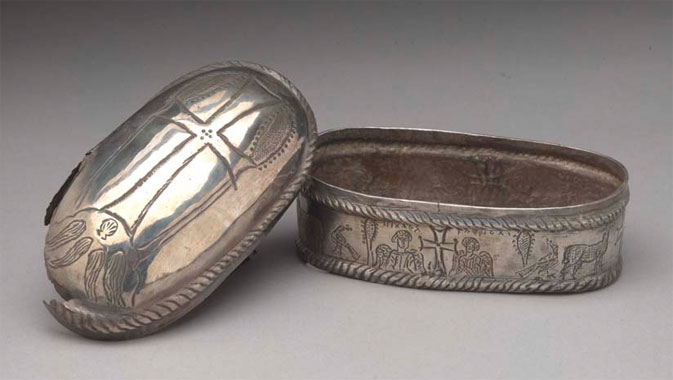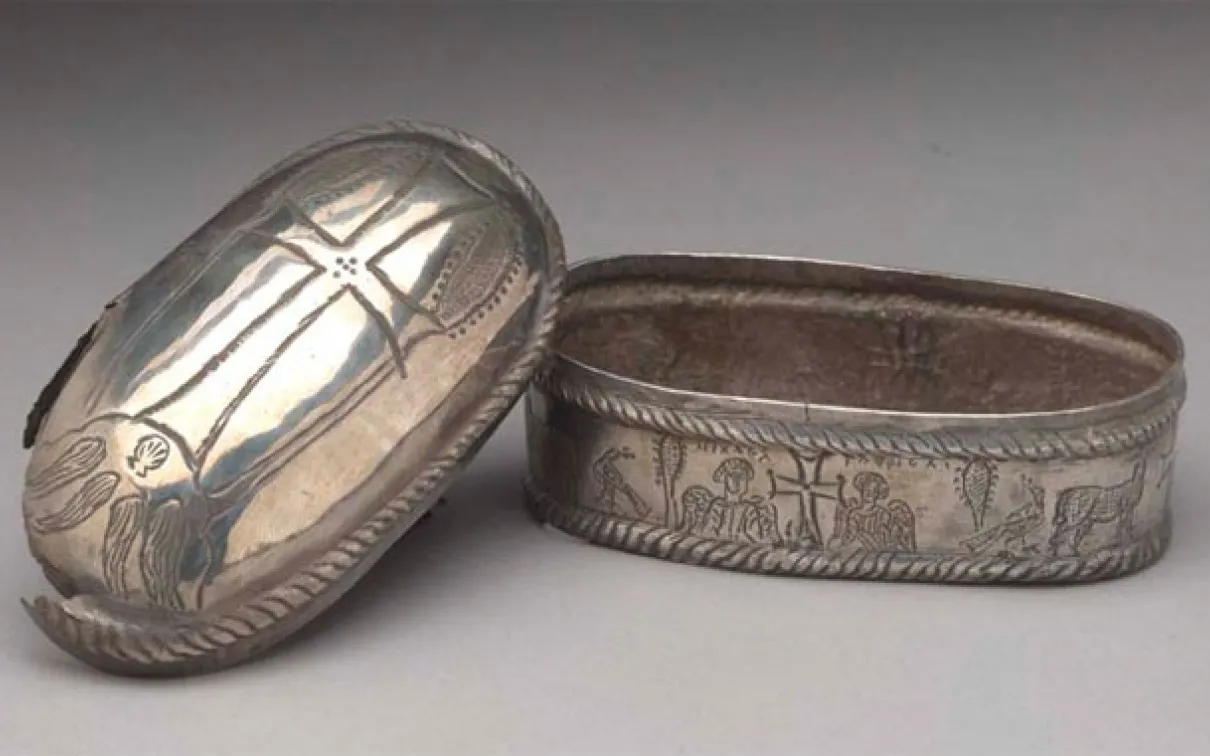Joey and Toby Tanenbaum Gallery of
Byzantium
Location
Admission
When Istanbul was Constantinople.
The dedication of Constantinople (now Istanbul) by the Emperor Constantine I in AD 330 began a new phase in the history of the Roman Empire. Power gradually shifted towards the eastern Mediterranean, and a new empire emerged. The people of this empire thought of themselves as Roman, but later historians have called it the Byzantine Empire – named after Byzantion, the original town at Constantinople. The Byzantine Empire was crucial for the early history of eastern Christianity. It was here that the Orthodox Church was founded and continues to flourish to this day. This gallery encompasses the centuries from the dedication of Constantinople, through the fall of the classical Roman empire and the Medieval Crusades, to its final conquest by the Ottoman Turks. The exceptional objects on display illustrate the interwoven influences from many different cultures and highlight the continuing legacy of Byzantium.
About the Gallery
What?
Over 230 artifacts in themed displays that include State and Church, Pilgrimage, the Orthodox Church, Jewellery, Glass work, Coins, Imagery, and Trade and Commerce.
Where?
The Mediterranean and the Middle East centred on Constantinople, present-day Istanbul in Turkey.
When?
AD 330 – 1453
